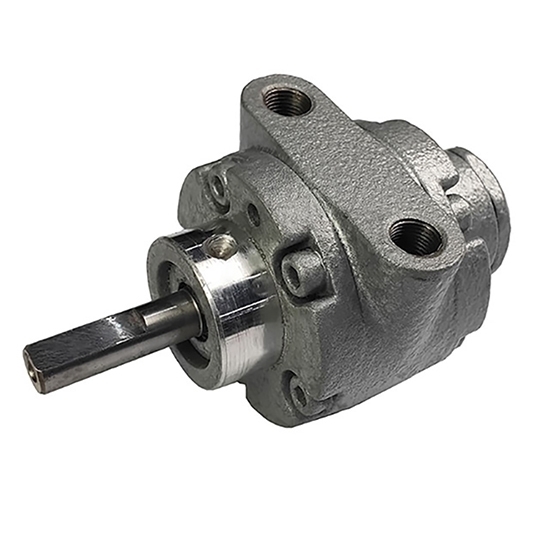How to choose a Vane Air Motor?
Compared with piston motors of similar power, vane air motors are smaller, lighter and less expensive. Simple design and construction allow them to operate at any installation angle in most cases. The vane air motor has a wider range of speed, torque and power and is the most commonly used form of air motor.
The rated performance of the vane air motor is the operating performance at this pressure. By regulating pressure, supply or exhaust, the same motor can achieve many different speeds, torques and power. When they operate below 40psig, their performance may be erratic. A rule to follow is about 70% of the minimum achievable air pressure for sizing an air motor. This allows extra power for pneumatics and possible overloading.
So, when you choosing a air motor, you should consider three factors:
- Maximum power
- Working speed
- Required torque
Maximum power
The unregulated air motor outputs maximum power when the idling speed is about 50%, while the speed-regulated motor reaches its peak power when the idling speed is about 80%.
Working speed
When choosing an air motor, the working speed should be considered, not the no-load speed. The air motor without speed regulation should not run at no-load. The performance curve indicates the maximum speed at which the motor should run. The presence of the stamped speed on the nameplate is for identification purposes only.
Required Torque
Just as important as the operating speed of the air motor is the operating torque. The combination of speed and torque determines the required motor power. When choosing a marquee, attention must be paid to the difference between stall torque and rated torque.
The starting torque is about 75% of the stall torque. The running torque or rated speed torque at any speed can be close to the motor performance curve, or calculated by the following formula:
- P=M*n/ 9550
- P=output power (KW)
- M = rated torque (Nm)
- n=rated speed (rpm)

